Crew, vessels, training – and technology
Sumner Lifeboat makes use of technology throughout its operations. Whilst in the end it all comes down to people, technology can make search and rescue safer and easier.
On shore, a rescue starts with Sumner Lifeboat being tasked. We have an emergency pager system that alerts crew to a callout.
We have multiple VHF radio systems in the communications room so we can talk with different organisations and vessels at the same time.
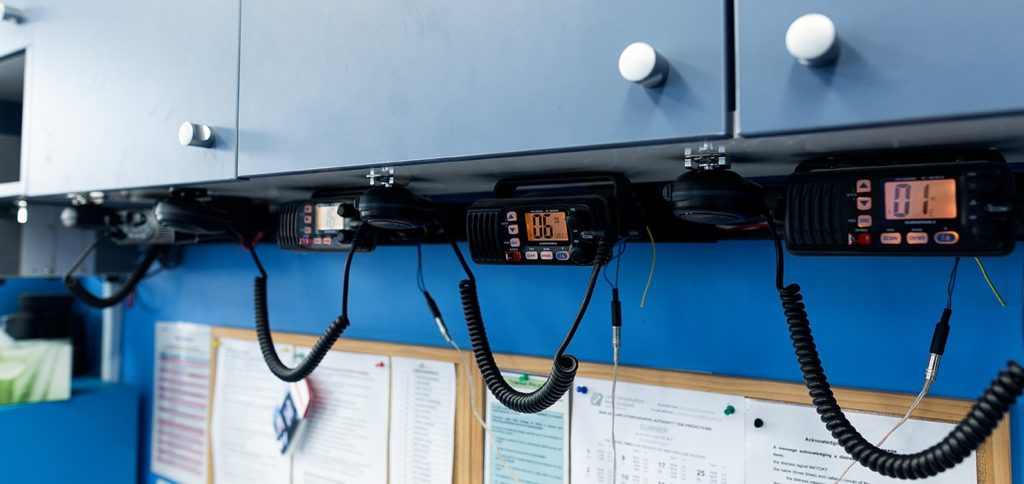
Hamilton Jet Rescue and Blue Arrow Rescue are fitted with GPS trackers that continuously transmit their location. These tracks are picked up and plotted in real time on the computers in Sumner Lifeboat’s communications room and in the Coastguard rescue coordination centre.
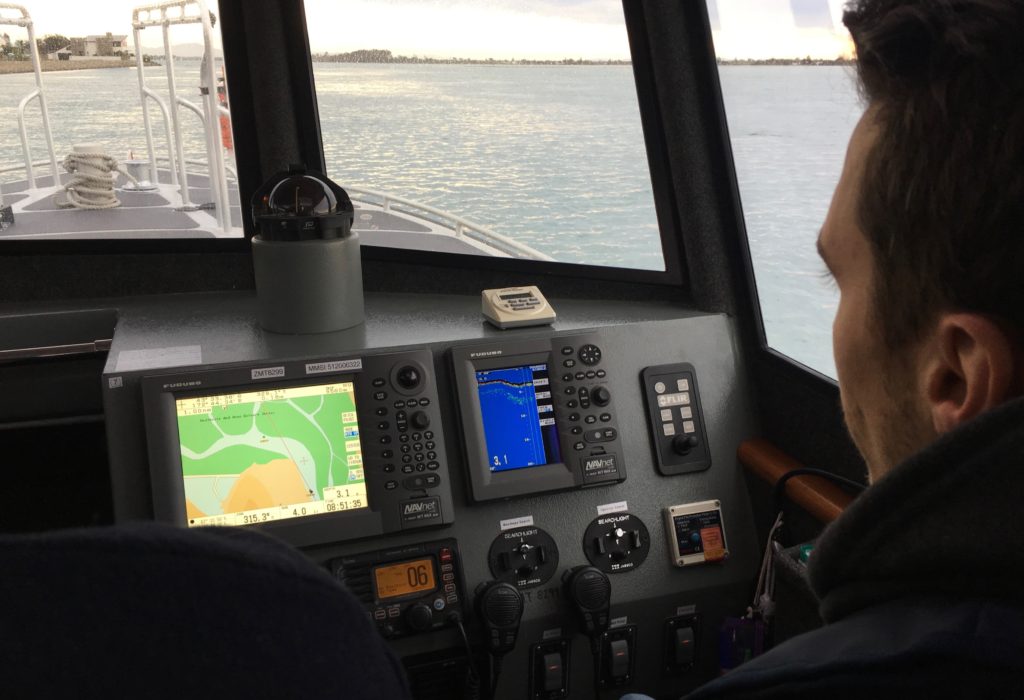
And of course there’s lots of technology, especially on Blue Arrow Rescue. It is equipped with radar, GPS, depth sounder, and forward-looking infrared camera (FLIR), two VHF radio units and an SSB unit.
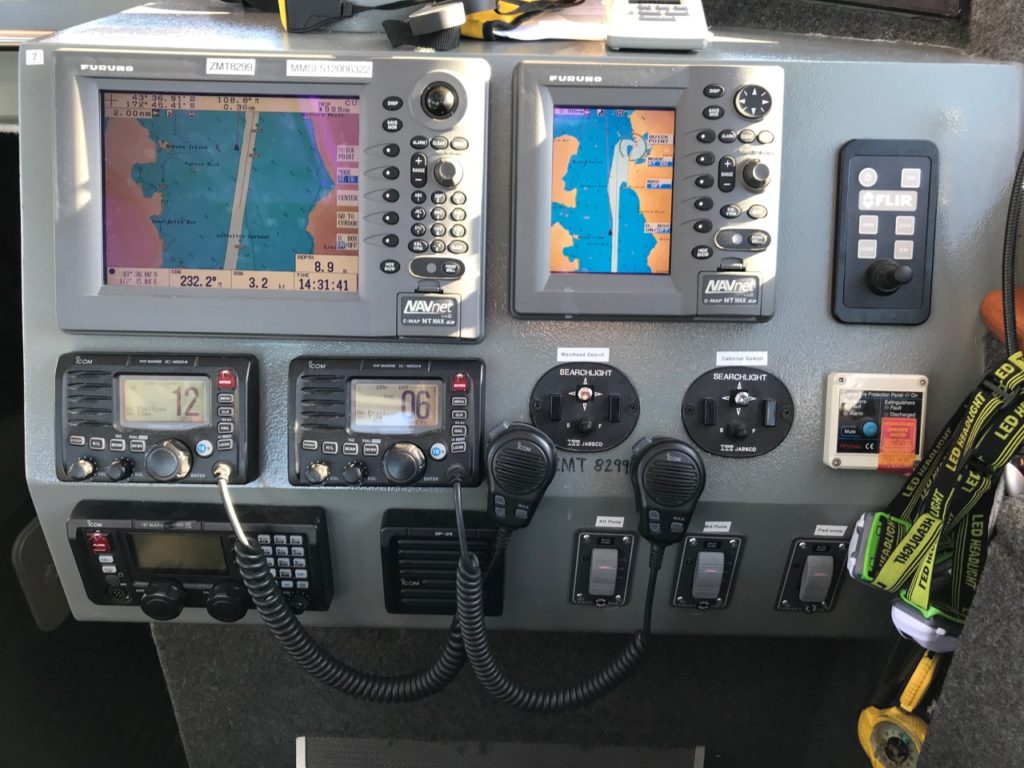
There are dual screens on Blue Arrow Rescue that can mirror the displays so both helm and navigator can see the electronic charts and GPS tracks.
The forward-looking infrared camera (FLIR) can be a vital tool to aid spotting a person in the water, day or night.
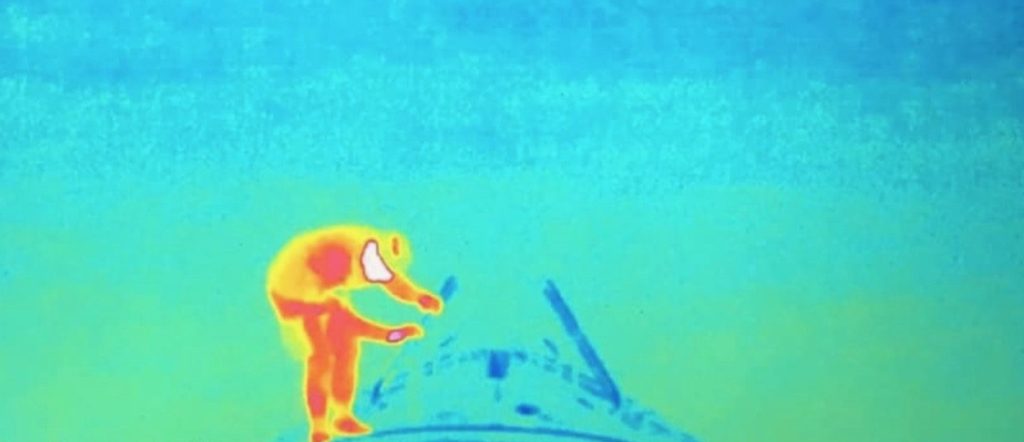
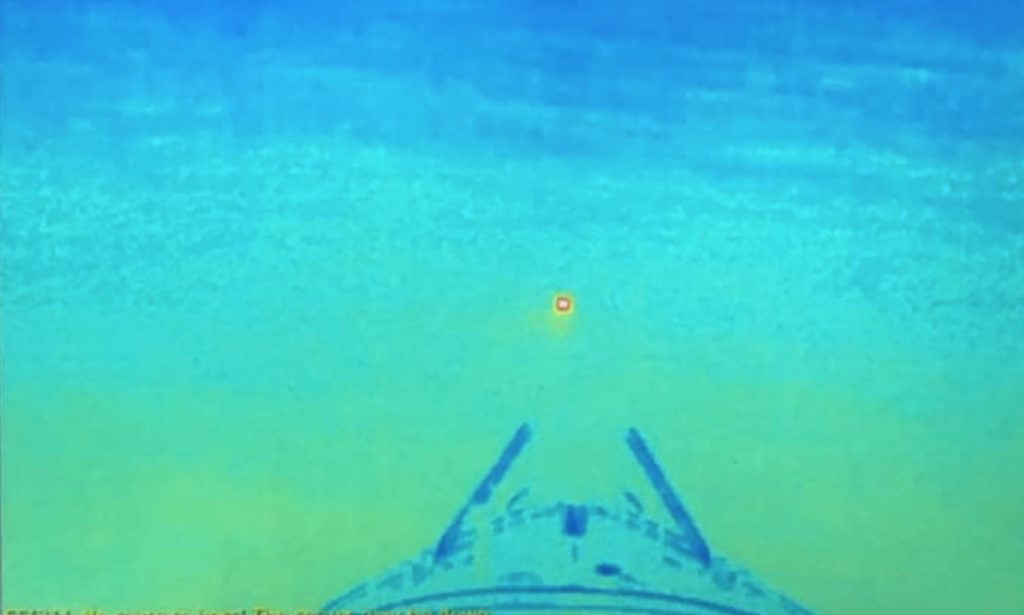
All this is in addition to the superb control system from Hamilton Jet – the blueARROW waterjet controller, and their JETanchor positioning system.
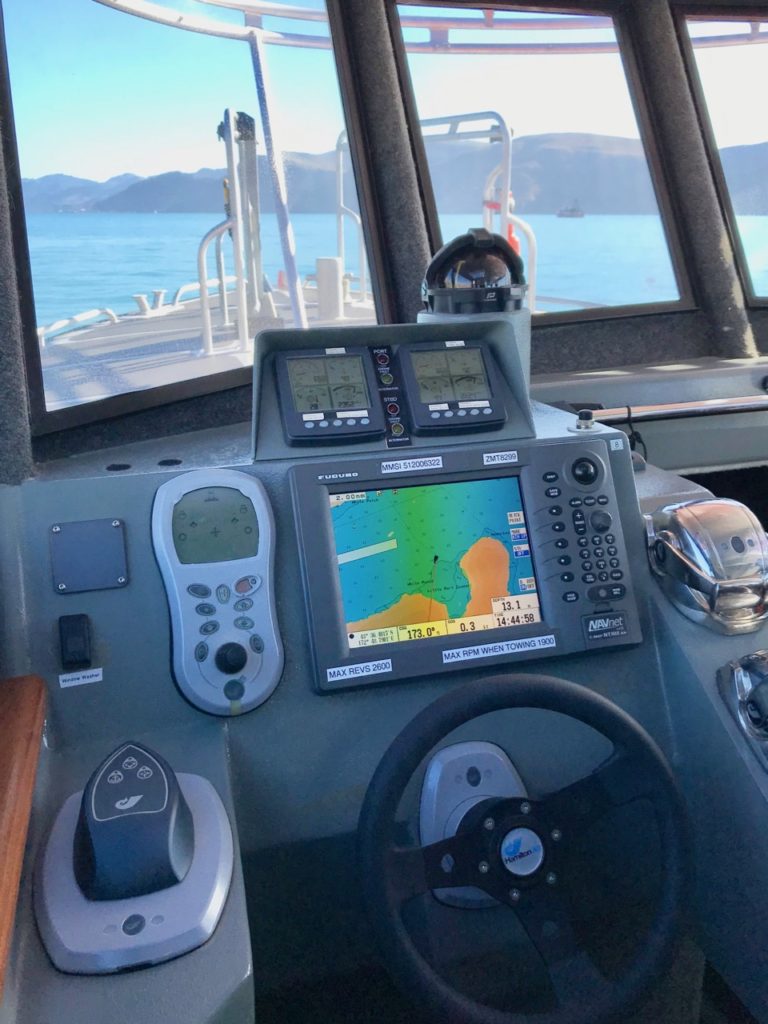
Using Hamilton Jet’s blueARROW system, the helm controls the vessel via a MouseBoat. This computer mouse-like system controls engine throttle, gearbox and waterjets, making it easy for crew to handle the vessel with precision.
The JETanchor system can automatically hold the vessel in a specific position and orientation. It can also behave like an anchor – allowing the vessel to act as if anchored at a spot, so it can rotate around the virtual anchor point as current and winds dictate. These features reduce workload and fatigue on crew when they have to remain at a location such as a rescue site for a significant length of time.





